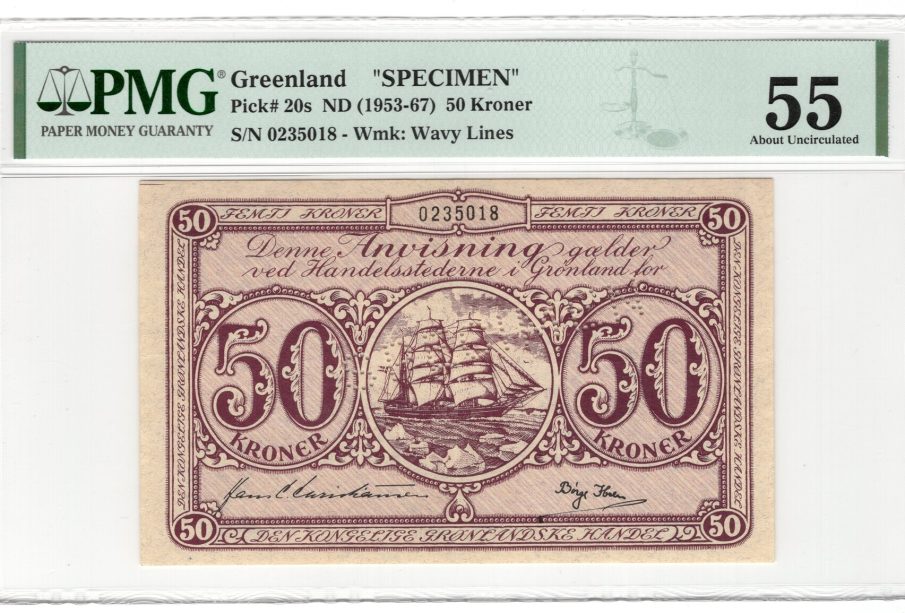Understanding Greenland’s Impact on Climate and Politics

Introduction
Greenland, the world’s largest island, has increasingly become a focal point in discussions about climate change and geopolitics. Its vast ice sheets, rich natural resources, and strategic location in the Arctic are critical as global temperatures rise and nations grapple with the implications of a changing climate. Understanding the dynamics surrounding Greenland not only highlights the environmental challenges it faces but also its geopolitical significance in the realm of international relations.
Environmental Concerns
Recent scientific reports indicate that Greenland’s ice sheets are melting at an alarming rate. According to a study published in the journal Nature, between 2011 and 2019, Greenland lost an average of 279 billion metric tons of ice per year. This rapid melting contributes to rising sea levels globally, threatening coastal communities and ecosystems across the world.
Moreover, the impacts of climate change resonate far beyond melting ice. Biodiversity in the region is under pressure, with warming waters affecting fish populations and traditional hunting grounds for local communities. The indigenous Inuit population, which relies on the sea and ice for its livelihood, faces an uncertain future amid these changing environmental conditions.
Geopolitical Landscape
As a part of the Kingdom of Denmark, Greenland has strategic significance in global politics. The Arctic region is becoming increasingly important as countries seek to establish shipping routes and access to untapped natural resources such as oil and gas. The melting ice is opening up new passages, notably the Northern Sea Route, which could reduce shipping times between Europe and Asia significantly.
This has led to heightened interest from various nations, including the United States, which sees Greenland as a potential strategic partner in its competition with Russia and China in the Arctic. In 2019, a proposal from then-President Donald Trump to purchase Greenland was indicative of the island’s geopolitical weight, sparking discussions about sovereignty and resource ownership.
Conclusion
Greenland stands at the crossroads of environmental and geopolitical challenges. As the impacts of climate change intensify, so too does the focus on Greenland’s ice melt and its implications for global sea levels. Simultaneously, its strategic resources and location have become points of interest in international power dynamics, especially among Arctic nations. For readers and policymakers alike, understanding Greenland’s dual role is crucial as it not only has local ramifications but also global significance in addressing climate and geopolitical issues that will shape the future of our planet.








